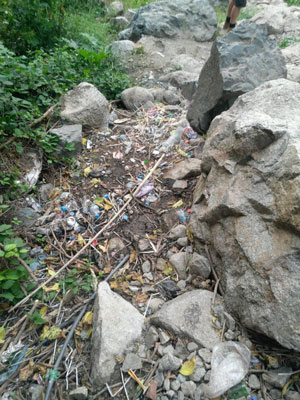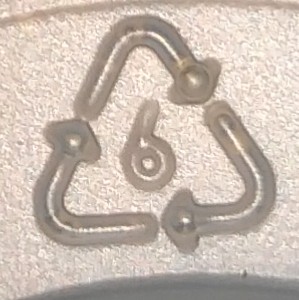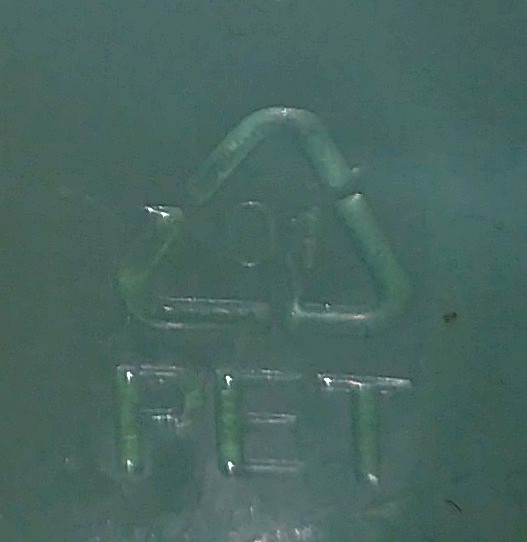WHAT ARE PLASTICS?
To answer this question, we first have to know the brief history of plastics.
How are plastics being made?
What common Items are made out of plastic?
We encounter various different plastics in our daily life.
Below, you are able to view a list of example items that can be made out of the six most common plastics. Be that as it may, do not be fooled by this instance! These are certainly not all kinds of plastics, as there are many, many more! Further, you might be asking, “How do I recognize the different plastics?” Rest at ease, it does not take a scientist to do that! You can simply turn your container upside down and read the number with the fitting plastic abbreviation. In addition to the recycling codes that are listed below, there is recycling code #7. The #7 stands for “other plastics” and it may include polycarbonate (PC), polyamide (P) and many more plastics.
Polyethylene Terephthalate (PET)
- Soft drink bottles
- Packaging trays
- First-aid blankets
- Frozen ready-meal trays
- Polar fleece
- and many more
PET is labelled number 1 on your container.
High-Density Polyethylene (HDPE)
- Cleaning solution
- Food and drink storage
- Shopping bags
- Pipes
- Bottle caps
- Insulation
- Vehicle fuel tanks
- Protective helmets
- and many more
HDPE is labelled number 2 on your container.
Polyvinyl Chloride (PVC)
- Furniture
- Clothing
- Medical containers
- Tubing
- Water and sewage pipes
- Vinyl records
- Cables, cleaning
- and many more
PVC is labelled number 3 on your container.
Low-Density Polyethylene (LDPE)
- Trays
- Containers
- Work surfaces
- Machine parts
- Laundry baskets
- and many more
LDPE is labelled number 4 on your container.

Polypropylene (PP)
- Clothing
- Surgery tools and supplies
- Hobbyist model
- Bottle caps
- Food containers
- Straws
- Lunch boxes
- Packing tape.
- and many more
PP is labelled number 5 on your container.
Polystyrene (PS)
- Toys
- Hard packaging
- Costume jewellery
- Audio cassettes
- CD cases
- Vending cups
- Food packaging (EPS (Polystyrene foam))
- Surfboards (EPS (Polystyrene foam))
PS is labelled number 6 on your container.

